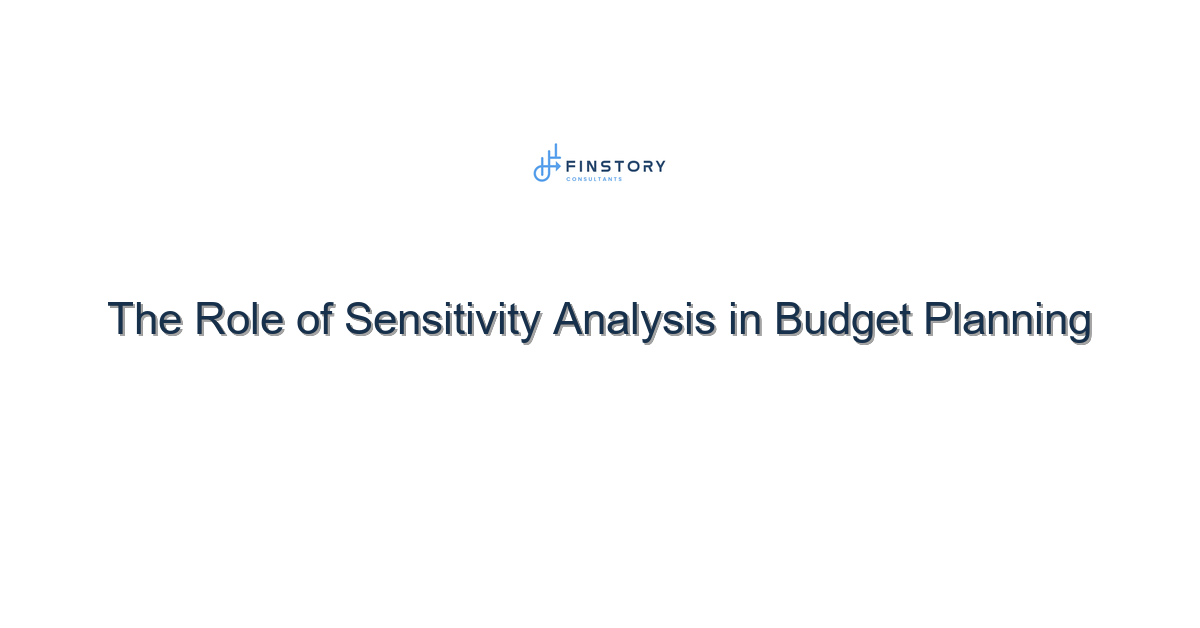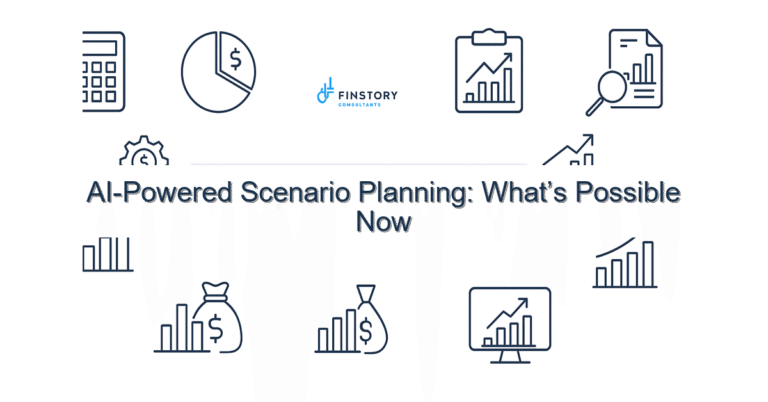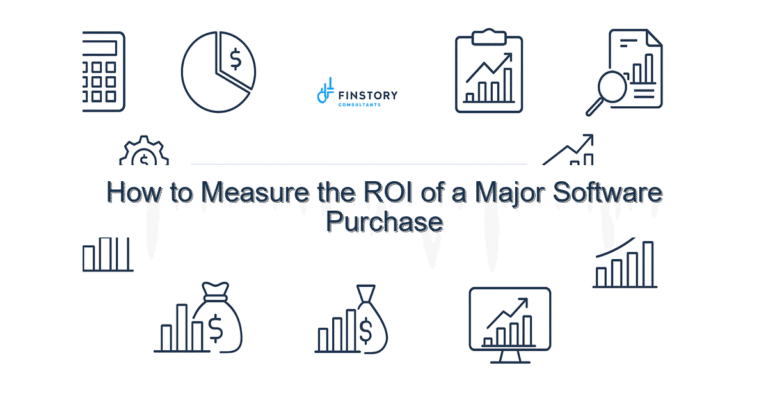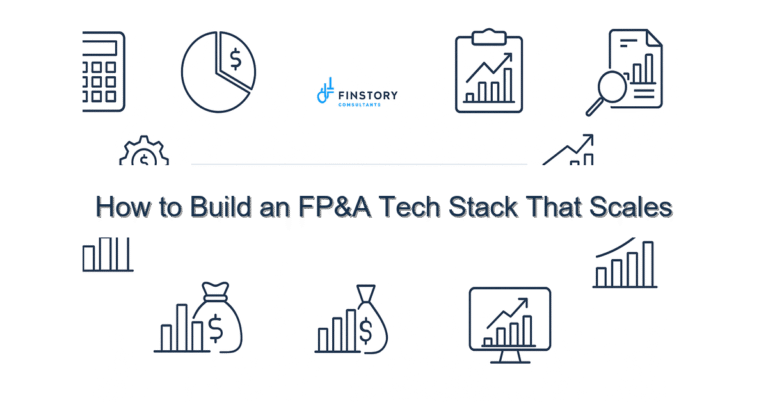The Role of Sensitivity Analysis in Budget Planning
Today’s rapidly changing healthcare environment demands proactive financial strategies. Sensitivity analysis is essential for refining budget planning, enabling leaders to navigate uncertainty more effectively. In a landscape of tight margins and rising costs, understanding how changes in key variables impact your budget can make all the difference.
TL;DR: Sensitivity analysis empowers healthcare finance leaders to assess how changes in assumptions affect budgets, leading to more accurate forecasts and informed decisions that meet organizational goals.
What’s the real problem?
Healthcare organizations often budget based on static assumptions, risking missed targets and inefficient resource allocation. The challenges are compounded when external factors fluctuate, causing financial distress.
- Missed financial targets due to unforeseen cost variations.
- Delays in budget approvals because of uncertainty in projections.
- Inability to respond swiftly to changes in demand or funding.
- Wasted resources as teams rely on outdated forecasts.
What leaders get wrong
Many leaders underestimate the power of sensitivity analysis or dismiss it as overly complex. They may rely solely on historical data, ignoring how slight changes can lead to significant variances in outcomes. Additionally, there’s often a misconception that comprehensive analysis will delay decision-making, when in fact, it enhances speed by providing clarity.
A better approach
Here’s a simple framework to implement sensitivity analysis in your budget planning:
- Identify Key Assumptions: Start by listing the assumptions that significantly affect your budget, such as patient volume, reimbursement rates, and operational costs.
- Model Scenarios: Create different financial scenarios under varying assumptions. Assess best-case, worst-case, and most likely situations.
- Analyze Outcomes: Examine how changes in each assumption impact your overall budget. Use tools like Power BI for visualization.
- Collaborate with Teams: Engage clinical and operational leaders to validate assumptions. Their insights can enrich your analysis.
- Refine and Repeat: Incorporate feedback and regularly update your models as new data becomes available or business conditions change.
For example, a healthcare provider using this framework identified that a 10% increase in patient admissions could improve their budget by 15%. By modeling this and communicating the scenario, they were able to adjust operational strategies accordingly.
Implementation checklist
- Identify and document key budget assumptions.
- Engage various departments for input on assumptions.
- Create multiple budget scenarios using a spreadsheet or financial software.
- Utilize Power BI to visualize the results and make them accessible.
- Schedule regular review sessions to refine models and assumptions.
- Teach your team about sensitivity analysis principles.
- Establish a feedback loop for continuous improvement.
- Set specific milestones for budget approval based on scenario planning.
What good looks like
- Budget accuracy improves by 20%.
- Budget cycle time decreases by 30%.
- Fast-tracked approvals due to clear scenario planning.
- More informed decisions with a 25% increase in resource allocation success.
Risks & how to de-risk
- Lack of Data: Use financial automation tools to gather and analyze relevant data continually.
- Overcomplexity: Keep models straightforward to prevent analysis paralysis.
- Inadequate Cross-Department Collaboration: Schedule regular inter-departmental meetings to share insights and validate assumptions.
Tools & data
Utilizing finance automation platforms and Power BI can streamline the sensitivity analysis process. These tools provide intuitive leadership reporting capabilities, enabling finance teams to visualize data and collaborate effectively.
Next steps
Work with Finstory. If you want this done right—tailored to your operations—we’ll map the process, stand up the dashboards, and train your team. Let’s talk about your goals.
📞 Ready to take the next step?
Book a 20-min call with our experts and see how we can help your team move faster.
Prefer email or phone? Write to info@finstory.net
or call +91 44-45811170.






